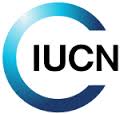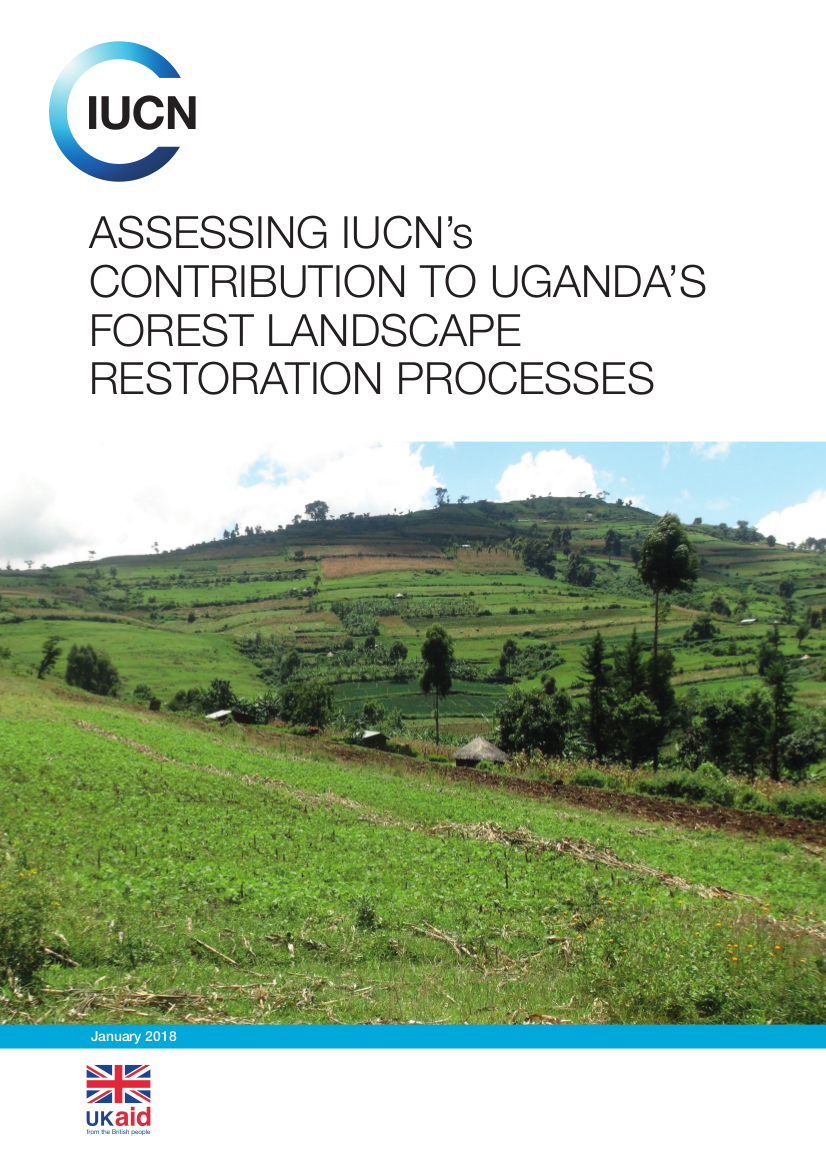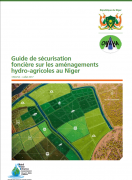Location
IUCN is a membership Union uniquely composed of both government and civil society organisations. It provides public, private and non-governmental organisations with the knowledge and tools that enable human progress, economic development and nature conservation to take place together.
Created in 1948, IUCN is now the world’s largest and most diverse environmental network, harnessing the knowledge, resources and reach of more than 1,300 Member organisations and some 16,000 experts. It is a leading provider of conservation data, assessments and analysis. Its broad membership enables IUCN to fill the role of incubator and trusted repository of best practices, tools and international standards.
IUCN provides a neutral space in which diverse stakeholders including governments, NGOs, scientists, businesses, local communities, indigenous peoples organisations and others can work together to forge and implement solutions to environmental challenges and achieve sustainable development.
Working with many partners and supporters, IUCN implements a large and diverse portfolio of conservation projects worldwide. Combining the latest science with the traditional knowledge of local communities, these projects work to reverse habitat loss, restore ecosystems and improve people’s well-being.
Resources
Displaying 11 - 15 of 142Assessing IUCN's contribution to Uganda's forest landscape restoration processes
In 2017, it was against this backdrop that IUCN commissioned an independent study to assess its overall contribution to FLR in Uganda, and in relation to the contributions of other stakeholders within the forest sector. The end-point of this contribution analysis was the publication and adoption of the Uganda ROAM report by the government of Uganda.
Biodiversity guidelines for forest landscape restoration opportunities assessments
Biodiversity is inherent in forest landscape restoration. As global initiatives like the Bonn Challenge and New York Declaration on Forests inspire nations to pursue sustainable landscapes and economic growth, on the ground, biodiversity binds people and nature to their shared future. Restoring ‘forward’ to meet current and future landscape challenges requires novel approaches and nature-based solutions. Restoration has the potential to generate billions in economic returns and to mitigate many of the effects of humaninduced climate change.
Bonn Challenge and India. Progress on restoration efforts across states and landscapes
The protection and revival of degraded and deforested land is the need of the hour. In order to tackle the issues that arise as a consequence of degradation and deforestation, principles of forest landscape restoration are being globally promoted. The Bonn Challenge is a global effort to bring 150 million hectares of deforested and degraded land into restoration by 2020 and 350 million hectares by 2030. The government of India made a Bonn Challenge pledge to bring under restoration 13 million hectares of degraded land by 2020 and an additional 8 million hectares by 2030.
Guide de sécurisation foncière sur les aménagements hydro-agricoles au Niger
Biodiversity and the Great Green Wall : Managing nature for sustainable development in the Sahel
The Great Green Wall is one of the main vehicles for delivering the Sustainable Development Goals and the Rio conventions in the Sahel. Biodiversity is the foundation of the Great Green Wall in many ways, determining soil productivity and water cycles and providing the foundation for risk management and resilient ecosystems. The Great Green Wall can make a major contribution to achieving many of the Sustainable Development Goals.








